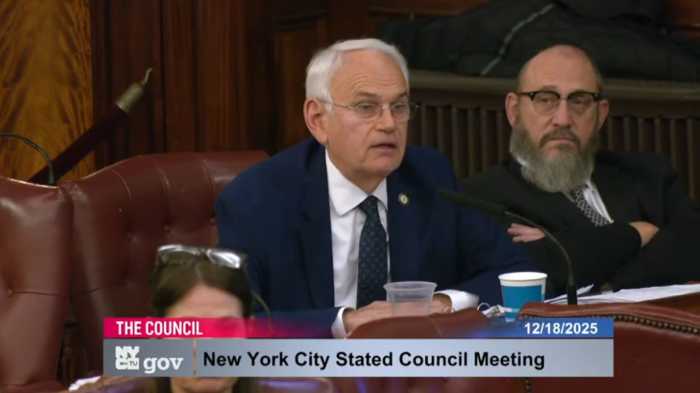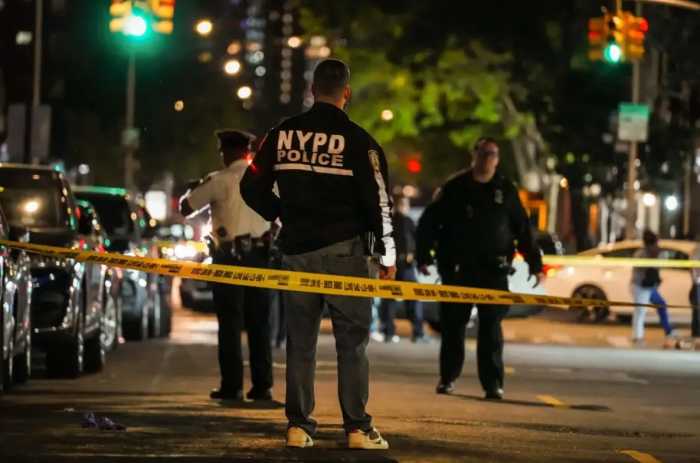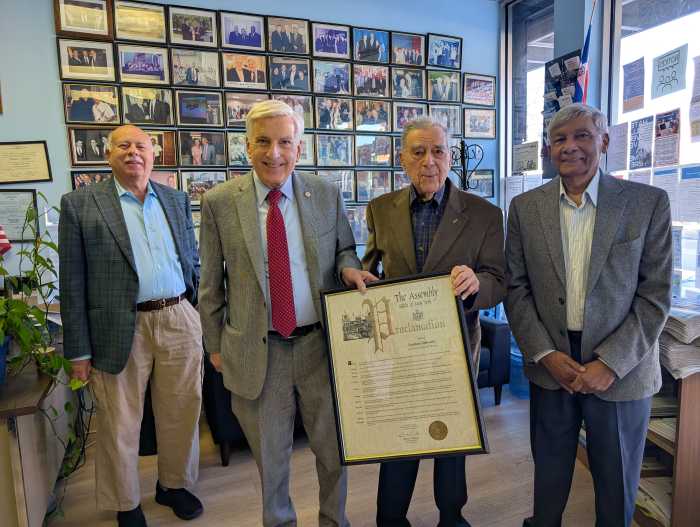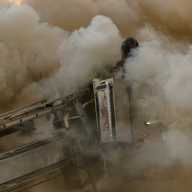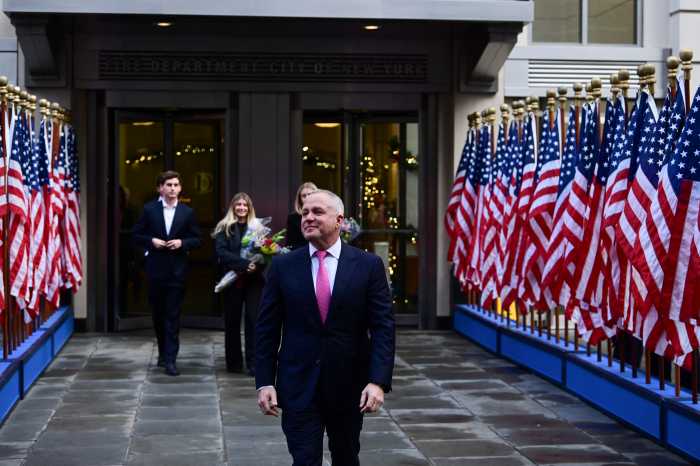Pol Inspired By Commission Report
In response to a new report from the Metropolitan Transportation Authority (MTA) Reinvention Commission calling for an ‘aggressive expansion’ of the city’s rail capacity through means including the reactivation of unused rail rights-of-way, Assemblyman Phil Goldfeder hailed the plans as a significant step towards reactivation of the abandoned Rockaway Beach rail line.
“Support for reactivation of the rail line continues to grow and this new report drafted by leading transit experts is a huge step in the right direction,” said Goldfeder. “The commission recognizes that reactivating unused rights-of way such as the Rockaway Beach Rail Line is the best and most cost-effective way to improve access to transit for hundreds of thousands of Queens families.”
The report, released last week, recommends seven key strategies for improving transportation in the city. Among these is the recommendation for an aggressive expansion of the existing transit system to meet the needs of growing ridership and create new travel patterns between growing outer-borough neighborhoods under-served by current MTA services.
In order to achieve this, the commission recommends taking advantage of unused rail line rights-of-way, such as the Rockaway Beach rail line, as a way to quickly add new rail service. By increasing capacity, the report emphasizes, the MTA can also increase resiliency in the face of major storm events, such as Hurricane Sandy, by increasing riders’ transit options when service to lines is down or overburdened.
“The MTA Reinvention Commission is on the right track by calling for reconstructing underutilized rights-of-way to create more affordable public transit options,” said TWU Local 100 President John Samuelsen. “Reactivating the Rockaway Beach Line is the ideal place to start. It is the most sensible and practical solution to transportation inequality in southern Queens. It will not only improve inter-modal connectivity throughout the borough, but it will also multiply benefits for the city in quality union jobs, regional economic development, and fare revenues from up to half a million daily riders.”
Gov. Andrew Cuomo formed the commission in May to consider changes in customer expectations, commuting trends and extreme weather patterns as the MTA develops future Capital Plans.
The commission is co-chaired by former U.S. Transportation Secretary Ray LaHood and Federal Aviation Administrator Jane Garvey, and includes 22 board members with national and international transportation expertise.
In June, the commission held three public input sessions calling for recommendations from the communities on how to improve transit. Goldfeder testified that reactivation of the Rockaway Beach rail line-which was taken out of the Long Island Rail Road system in 1962-as the best way to ease traffic on existing roadways, improve transit options for Queens families, and spur economic growth.
Goldfeder has long made transportation and the restoration of the Rockaway Beach Rail Line a top priority. In February of 2012, he called on Cuomo to immediately restore the line to ease commutes for Queens residents.
In May of that year, Goldfeder launched a petition that garnered nearly 7,000 signatures that were later delivered to Cuomo, the Port Authority, and the Metropolitan Transportation Authority in support of bringing the line back to life.
Most recently, the assemblyman joined Queens College in releasing a student-led comprehensive and objective study of reactivating the Rockaway Beach rail line. That study found that the line could generate up to 500,000 trips a day and that reactivation could cost less than $1 billion.
The assemblyman’s proposal to reactivate the line has generated a coalition of support among elected officials, union leaders and transit advocates.

